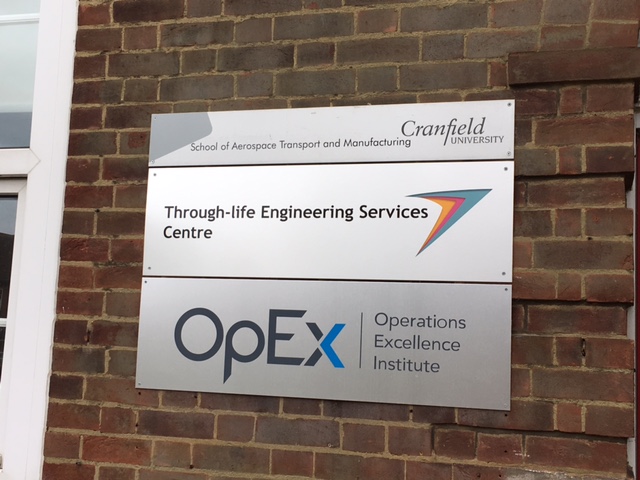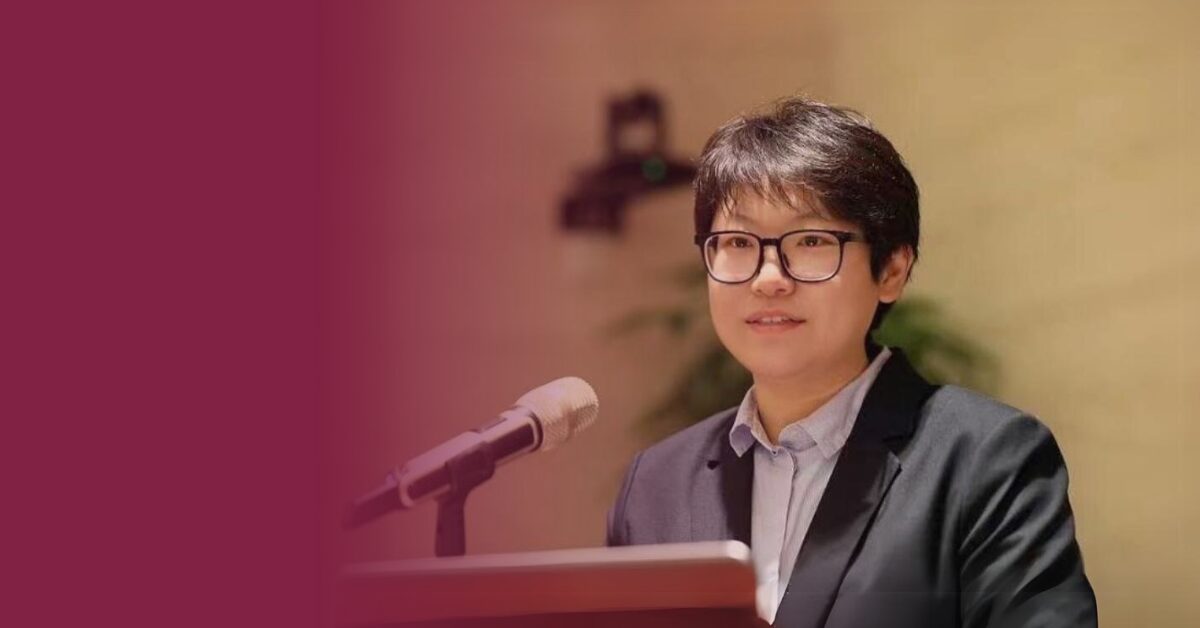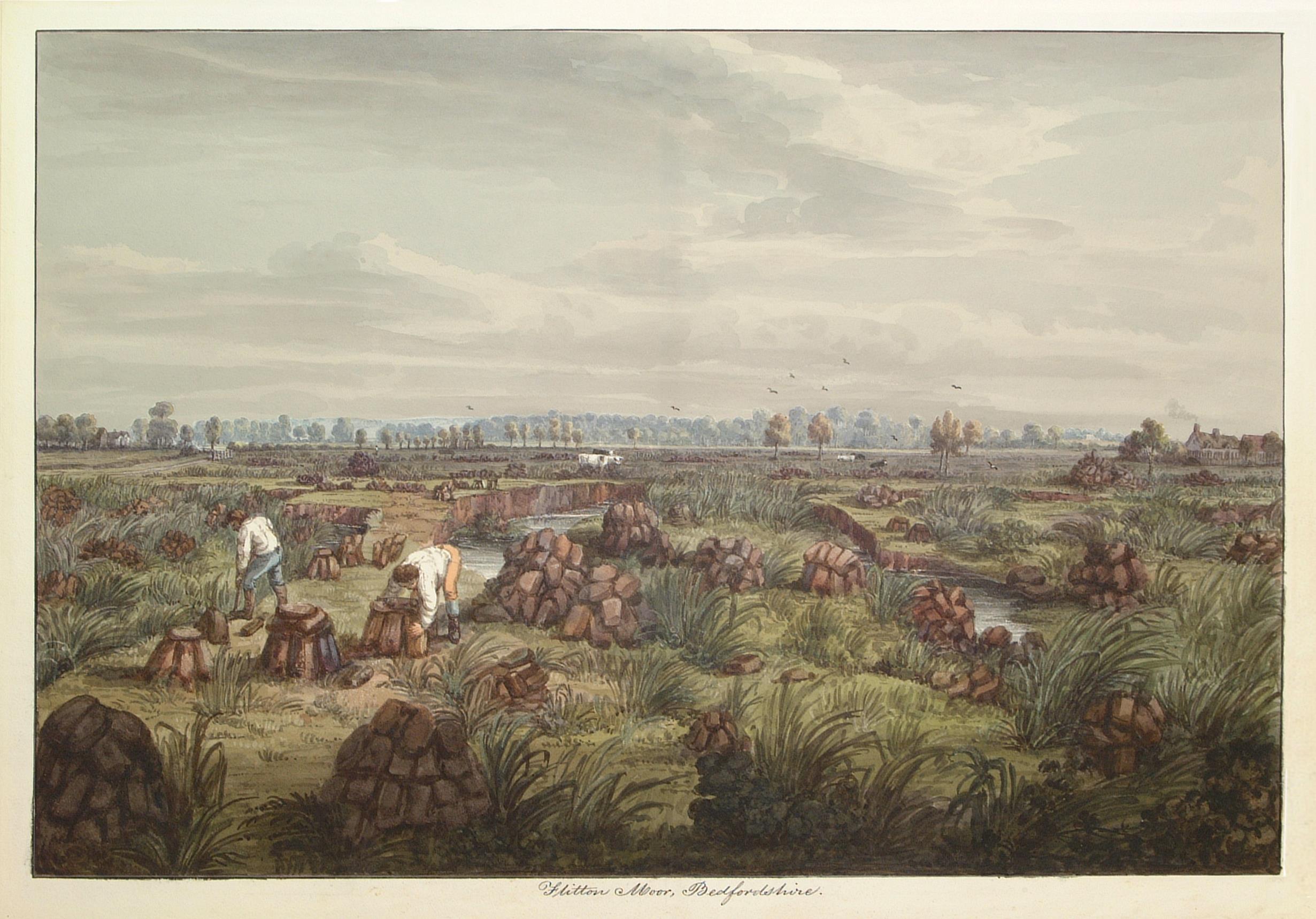A look inside the Operations Excellence labs
13/04/2017

On the lunchtime of 22nd February I joined a shivering throng of colleagues across campus, to take part in an ‘Open Doors’ staff tours event. We entered the Operations Excellence building to be warmly welcomed by Sam Court, who ushered us into a room which had been prepared with all manner of props and mood lighting (no less!).
We were firstly shown the latest developments in 3D headset technology. Sam demonstrated how these advancements were being used in industry, from detecting minute cracks in jet engines to assisting medical operations. By wearing the 3D headset we experienced how a client could view their components, getting fully immersed in the image and pulling it apart in a way that would be impossible in real-time. We learned that the OpEx team were partnering with companies to determine soon-to-be obsolete components in engineering and IT. By using 3D models, businesses could make better decisions on how to update their manufacturing output, with minimum wastage and cost. As a fun aside, Sam had set up images in the corners of the room for us to discover (such as a puppy) which demonstrated how a whole room could become part of the 3D tableau.
Next we were shown how the medical profession had benefited from 3D technology by practising otherwise potentially dangerous operations on a 3D model prior to making the ‘first cut’. MRI scans were also linked to the technology so that they could plan the best course of action for delicate procedures by virtually delving through the layers of skin, bone and muscle.
Lastly we were shown a solution to the problem of being a key speaker at an event, but not being physically present (due to distance or delay). Sam’s face and voice were visible and audible on a tablet which was mounted to a robot on a rotating wheel. This robot was operated by remote control, expertly managed by a rookie colleague to prove how easy it was! This meant that the presenter could be fully immersed in the event, moving and interacting deftly between delegates in a way that would have been impossible on 2D screen or conference call.
Personally, I found the event to be a fascinating insight into the world of 3D technology, and felt proud that Cranfield were at the cutting edge of such important developments.
Categories & Tags:
Leave a comment on this post:
You might also like…
The Library app is back!
The Library app is back! It's exactly the same as before (although it will get a fresh look in a few months) and if you hadn't removed it from an existing device it should just ...
PhD researcher at the IF Oxford Science and Ideas Festival
IF Oxford is a science and ideas Festival packed with inspiring, entertaining and immersive events for people all ages. PhD researcher, Zahra attended the festival. Here she shares what motivated her to get involved. ...
What leadership skills are required to meet the demands of digitalisation?
Digital ecosystems are shifting the dynamics of the world as we know it. With digitalisation being a norm in the software industry, there is currently a rapid rise in its translation ...
My PhD experience within the Centre for Air Transport at Cranfield University
Mengyuan began her PhD in the Centre for Air Transport in October 2022. She recently shared what she is working on and how she has found studying at Cranfield University so ...
In the tyre tracks of the Edwardian geologists
In April 1905 a group of amateur geologists loaded their cumbersome bicycles on to a north-bound train at a London rail station and set off for Bedfordshire on a field excursion. In March 2024 a ...
How do I reference… images, figures, and tables in the APA7 style?
So you want to use an image or table in your assignment that you didn't create yourself - but you don't know how to cite it? Read on to find out how. Any images, figures, ...






